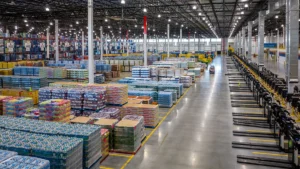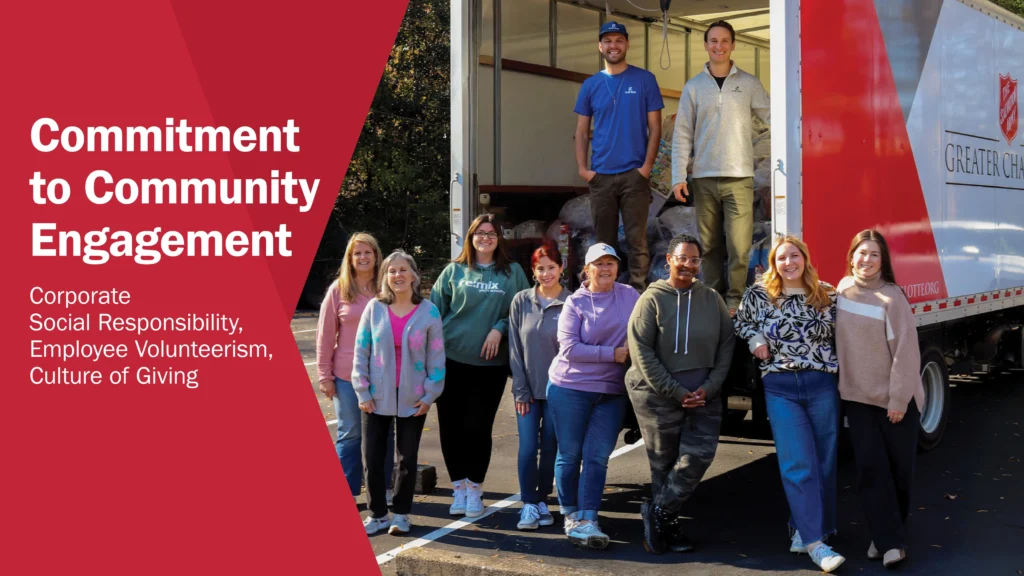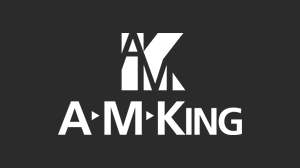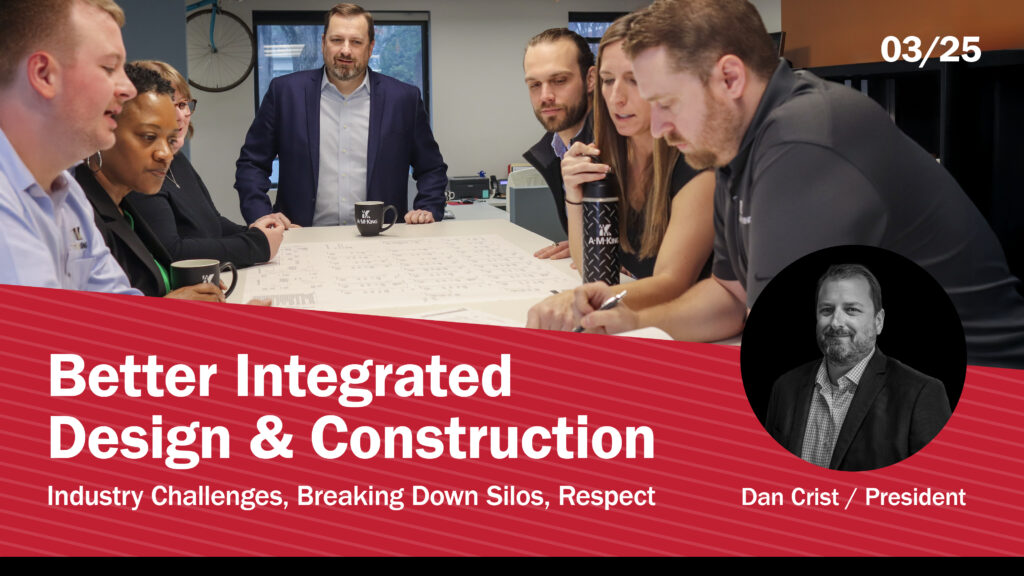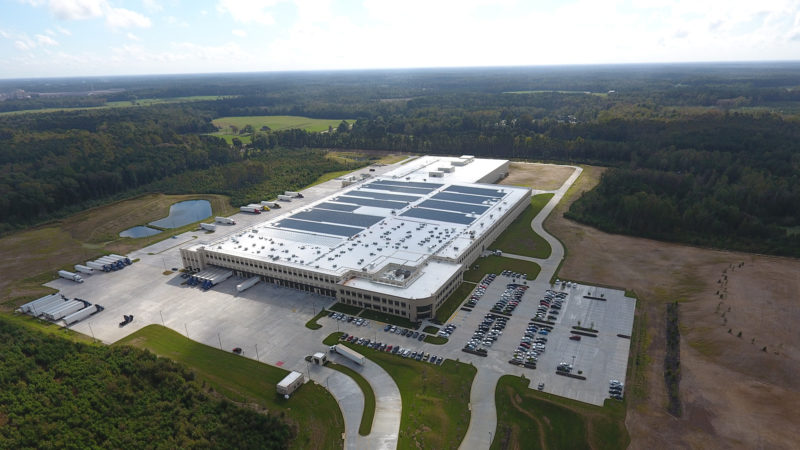
Top 5 Design-Build Trends for Food Processing Facilities
I enjoy traveling and talking to people. The life of a sales employee in the food facility Design-Build world is often about finding people with facility challenges and connecting them with my team at A M King to facilitate solutions. We learn a lot about the larger world around us: how food ingredients are sourced, processed, packaged and distributed to hungry customers around the globe. I attend many conferences and tradeshows in addition to meeting with clients at their food plants, which gives me a unique window into how they balance sales demands with responsible processing space growth. Below are a few of my takeaways from last year, including areas where we’re likely to see acceleration in 2023.
Greater Focus on Greenfield vs. Expansion of Existing Food Facilities
- Compared to past years, more clients are seeking to build new greenfield food processing facilities versus expanding existing buildings. “For the last four years, the share of the pie for new projects compared to expansions and renovations has been increasing,” according to Food Engineering magazine’s most recent Food Plant Construction Survey. “Conversely, the ratio of expansions/renovations to new projects has been dropping and has reached a 10-year low.”
- While food facility expansions are still occurring, numerous clients are increasingly becoming landlocked at existing sites, which drives the planning process for new facility construction. Take one of our existing clients who operates food processing facilities across the U.S. They’ve run of out space and now have the need for dramatically increased capacity at many of their existing facilities. They have been able to acquire adjacent land at some locations and additionally, they are proactively looking ahead and searching for land with much larger acreage to accommodate new, future flagship facilities.
- There is heightened awareness of purchasing land far larger than initial food facility requirements to allow for multiple future phased expansions. A great example of this future expansion foresight is with many of our current processing clients who proactively bought land with the capacity to accommodate multiple expansions of their initial building.
- Many existing food facilities are nearing the end of their productive life cycle due to age and configuration, spurring senior management to plan ahead for next-generation automated facilities. Clients are making decisions to build new instead of expanding or renovating because automated equipment does not always fit well with older building expansions.
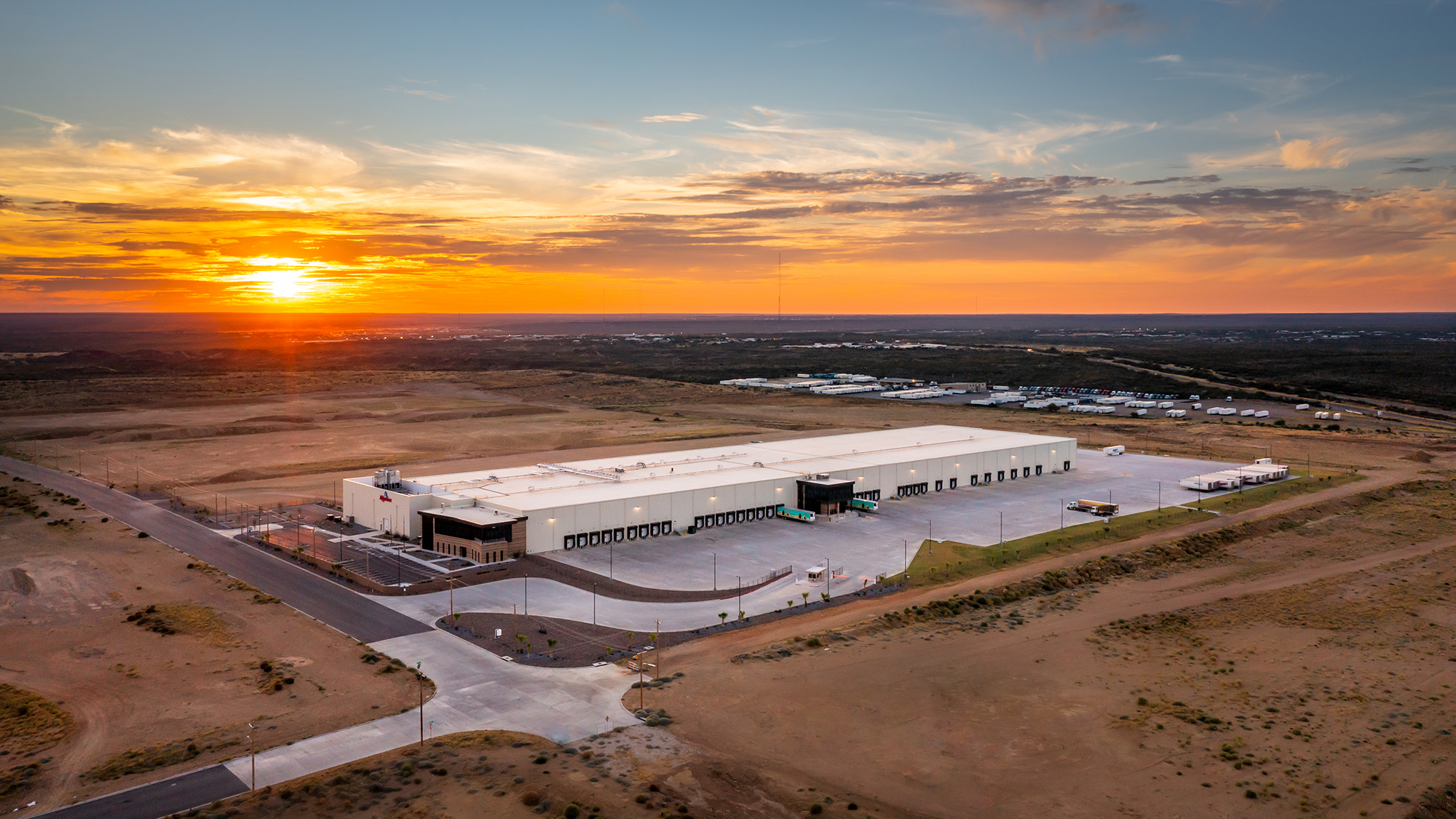
Food Facility Projects Taking Longer to Plan, Design and Construct
- With more clients interested in building new facilities, there are additional steps that must be considered, such as site selection, due diligence, surveys, assessment and purchase. During my many meetings with new and existing clients, it’s clear that they are coming to A M King much earlier in the process and asking for our assistance and guidance with the site search and property consultation aspects of a food processing Design-Build project.
- Food industry companies forecasting for future growth are taking extra time to address upfront master planning for future Design-Build projects with more regularity.
- Projects are growing larger and becoming more complex, requiring more detailed coordination with equipment vendors, utility systems and sanitary design considerations, thus stretching the total design and engineering portion of the project. A M King recently performed design, engineering and construction services for a client who required highly complex coordination of processes and equipment integrated with the new building infrastructure. The project required significant coordination of the architectural and engineering utility systems to accommodate the multifaceted process tanks and miles of interwoven stainless-steel piping running throughout the facility.
- Construction materials, while leveling off from the last few years of extremely long lead times, are still running long in a few key segments– contributing towards longer food facility build schedules.

Increased Use of Food Manufacturing Automation Equipment
- The continuing shortage and intensification of competition for quality labor is driving equipment automation requests in facility planning more than ever. Research and Markets’ Oct. 2022 report states, “the global food automation market is expected to grow from $11.08 billion in 2021 to $12.09 billion in 2022 at a compound annual growth rate (CAGR) of 9.12%–reaching $17.46 billion in 2026.” A M King is assisting and guiding many of our processing clients through various automated equipment considerations. The driver for much of this is the concern about the ability to acquire and maintain the proper amount of labor resources, while also understanding the cost and benefits of a more automated flagship food processing or distribution facility.
- While attending multiple food symposiums and expos, I had conversations with many clients who are deciding to accept the front-end costs of automation in exchange for less product output volatility in future years. The rationale is that transitioning to a more automated food production process, while initially difficult, leads to increased efficiency, supply chain metrics, and sanitary production, and also allows for more flexibility to keep pace with shifts in consumer demand.

Cooler and Freezer Space Expansion
- More food facilities are being designed and built with larger cooler and freezer spaces as the shift towards producing and shipping more refrigerated and frozen finished goods accelerates. Clients are also planning to utilize more advanced refrigeration systems, which are much better at improving efficiency than older systems in new facility builds.
- Challenges in the labor force are pushing clients to significantly incorporate more automation into cold storage and distribution facilities — including automated retrieval and storage systems — to expeditiously move products with fewer employees.
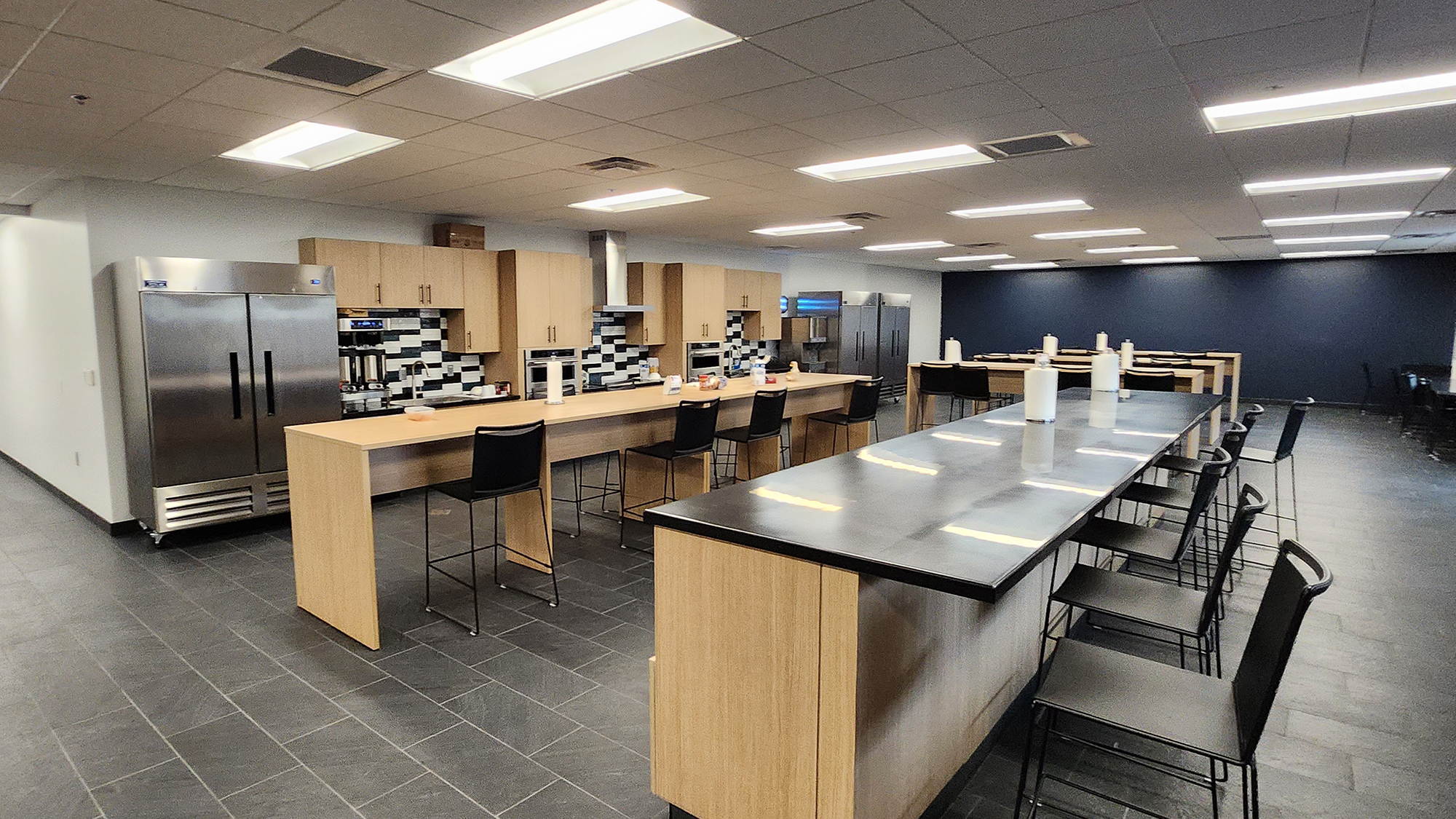
Upgrade of Food Facility Employee Welfare Areas
Because not all food processes can be automated, there is intensely greater emphasis on improving food facility working conditions and amenities to better help retain existing workers. Welfare spaces are being expanded and heavily upgraded. New facility features and areas, once considered luxuries only seen in office environments, are now being offered to food facility employees. The hope is to increase any advantage over other competitors companies vying for the same labor pool.
***
So, what does this tell us about where the food processing Design-Build industry is headed? I think it illustrates a quickly changing world that is racing to feed a burgeoning population with constantly shifting demands, while complexities faced by food producers are growing. These challenges necessitate new food processing facility space that can accommodate both the increased food production requirements and their most valuable resource— the workers who make and distribute the food destined for grocery store shelves and ultimately, to the consumer. At its core, it’s a continuous cycle where we work to unravel complex problems for our clients that will help them grow and succeed.
What challenges can A M King help you solve today?

